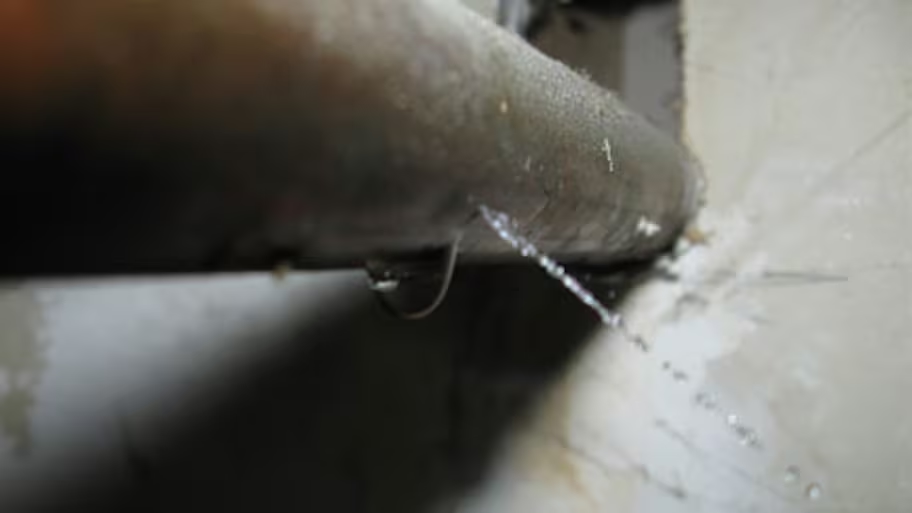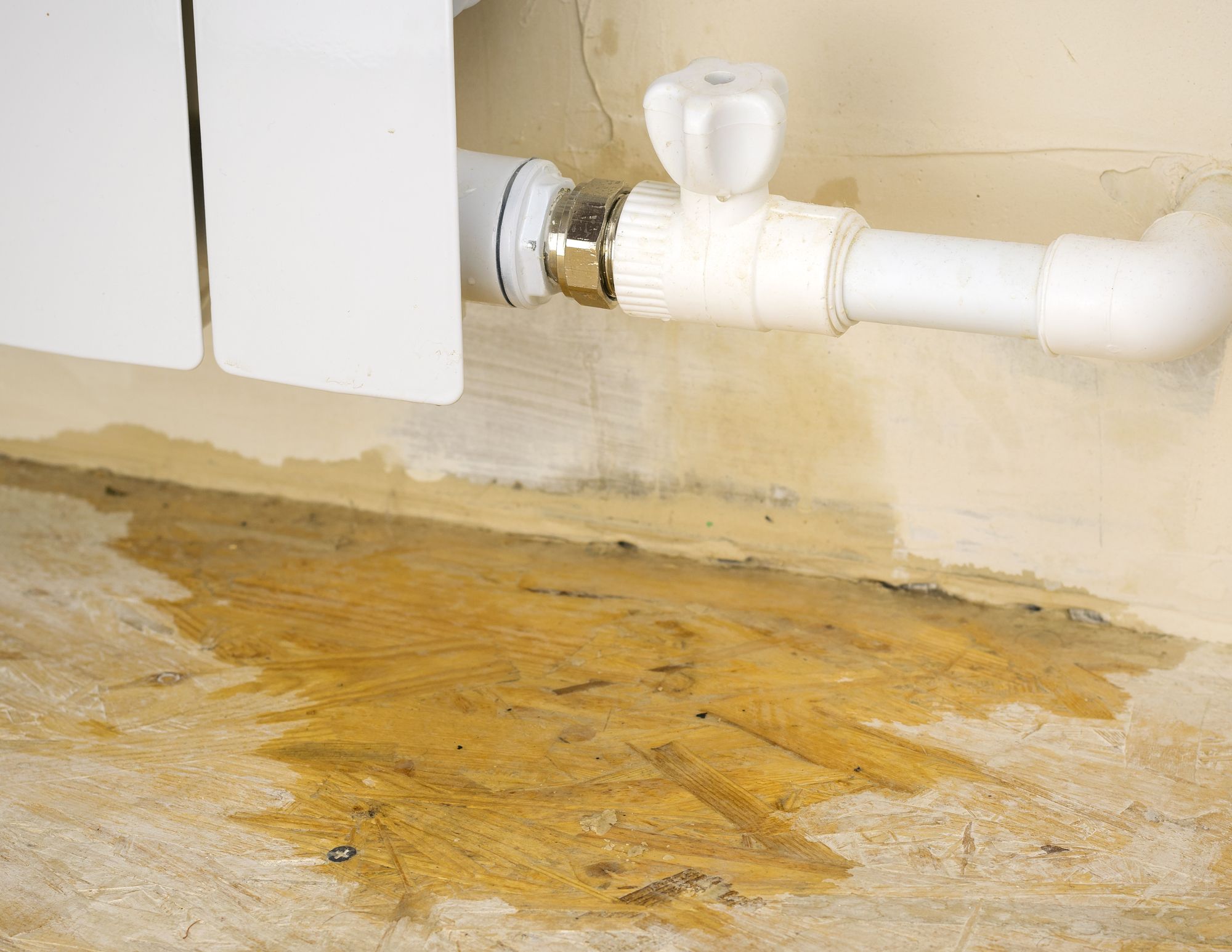On this page down the page you can locate a lot of decent ideas in regards to How Fast Water Damage Can Ruin Your Home.

Leaks not only create waste of water however can also create unneeded damages to your house and promote undesirable natural development. By looking and understanding for day-to-day circumstances that create leaks, you can protect your residence from future leaks and unneeded damage.
Instantaneous temperature level modifications.
Severe temperature modifications in our pipelines can trigger them to increase and acquire unexpectedly. This growth and contraction might create cracks in the pipelines, specifically if the temperature level are listed below freezing.
Corroded water supply
This might be the cause of discoloration or warping on your water pipelines. If our plumbing system is old, take into consideration replacing the pipes because they are at a higher danger of rust than the more recent versions.
Malfunctioning Pipe Joints
Pipeline joints can wear away over time, resulting in water leaks. If you have noisy pipes that make ticking or banging sounds, specifically when the hot water is transformed on, your pipe joints are possibly under a lot of stress.
Intruding roots
The majority of water leakages start outside the residence instead than inside it. You might see damp patches or sinkholes in your lawn, and that might suggest that tree origins are attacking water lines triggering water to seep out.
Poor Water Connectors
Sometimes, a leak can be brought on by loosened hose pipes and pipelines that supply your appliances. Most of the time, shifting is what triggers the loose water Links. You might discover when it comes to a cleaning device, a hose pipe may spring a leakage because of shaking during the spin cycle. In case of a water links leakage, you might discover water running directly from the supply line or pools around your home appliances.
Obstructed Drains
Obstructed drains may be frustrating and also inconveniencing, however they can in some cases end up triggering an overflow bring about break pipelines. Maintain getting rid of any kind of products that might drop your drains pipes that might clog them to avoid such hassles.
All the above are reasons for leakages yet not all water leaks arise from plumbing leakages; some leaks may originate from roofing leaks. All leaks must be repaired quickly to avoid water damages.
Leakages not only trigger waste of water yet can likewise create unnecessary damage to your home and promote undesirable organic growth. By looking and also understanding for day-to-day situations that trigger leakages, you can protect your home from future leakages and unneeded damage. Today, we will look at six leak triggers that might be causing your pipes to drip.
At times, a leak can be triggered by loosened tubes and pipes that supply your home appliances. In situation of a water links leakage, you might notice water running straight from the supply line or pools around your home appliances.
How To Check For Water Leak In Your Home
How To Check for Leaks
The average household's leaks can account for nearly 10,000 gallons of water wasted every year and ten percent of homes have leaks that waste 90 gallons or more per day. Common types of leaks found in the home are worn toilet flappers, dripping faucets, and other leaking valves. These types of leaks are often easy to fix, requiring only a few tools and hardware that can pay for themselves in water savings. Fixing easily corrected household water leaks can save homeowners about 10 percent on their water bills.
To check for leaks in your home, you first need to determine whether you're wasting water and then identify the source of the leak. Here are some tips for finding leaks:
Take a look at your water usage during a colder month, such as January or February. If a family of four exceeds 12,000 gallons per month, there are serious leaks.
Check your water meter before and after a two-hour period when no water is being used. If the meter changes at all, you probably have a leak.
Identify toilet leaks by placing a drop of food coloring in the toilet tank. If any color shows up in the bowl after 10 minutes, you have a leak. (Be sure to flush immediately after the experiment to avoid staining the tank.)
Examine faucet gaskets and pipe fittings for any water on the outside of the pipe to check for surface leaks.
Undetected water leaks can happen without the home or business owner even realizing. If you suspect a water leak, but not able to find the source. It is time to contact a professional water leak detection service, The Leak Doctor.
How To Find a Water Leak In Your Home
https://www.leakdoctor.com/blog/How-To-Check-For-Water-Leak-In-Your-Home_AE197.html

As a devoted person who reads about Most Common Causes of Leaky Pipes, I thought sharing that article was really useful. Sharing is good. Who knows, you might be helping someone out. We truly appreciate reading our article about Most Common Causes of Leaky Pipes.
Schedule Appointment